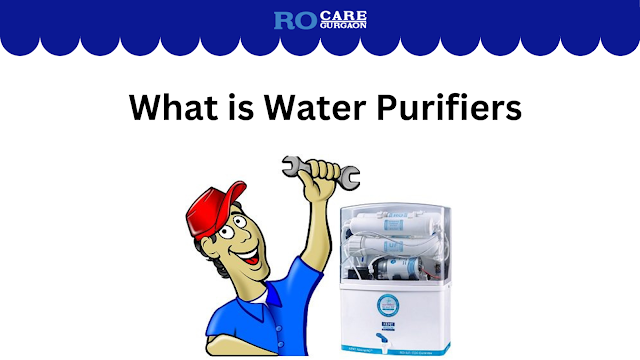RO (Reverse Osmosis) is a blessing in the world of water purifiers. It proves to be a highly efficient process for removing undesirable chemicals, and organic and inorganic materials, separating the pollutants and contaminants from water over a semi-permeable membrane. RO purifiers are best for water with high TDS content. So if you are staying in an area where the water supply contains a high amount of TDS, buying the RO water purifier for safe drinking water is recommended. A water purifier treats water using one or more purification methods to make it safe.
Difference between water purification and water filter (Water purifiers vs water filters)
Water filters
Water filters and water purifiers can offer several incredible health benefits by removing certain impurities from drinking water. This improves the taste, colour, and purity of the water. Water filtration focuses on impurities such as bacteria or larger particles. Many water filtration systems use activated carbon to block out unwanted microscopic contaminants from entering your drinking water. Because most toxic water impurities are carbon-based, water filters can be extremely effective at keeping your water safe and healthy.
Water Purification
Like water filters, water purifiers work to remove impurities from water and Water purification works to further purify water from contaminants that filtration methods can’t address. It removes the chemicals, viruses, and biological contaminants that filters don’t. Besides, water purification involves processes like UV treatment, distillation, deionization, and Reverse Osmosis.
Types of water purifiers
There are three methods of water purification: reverse osmosis (RO), distillation, and ultraviolet (UV).
Reverse Osmosis(RO)
Reverse osmosis is the most commonly known method of water purification. Reverse Osmosis is a very popular method of water purification that uses membrane technology. It is used to remove dissolved salts, impurities, and germs from the water. The semipermeable membrane allows only water to pass through it and leaves harmful chemicals, dissolved salts, and microbes suspended in water.
Distillation
Distillation is one of the oldest methods of water treatment and is still in use today, though not commonly as a home treatment method. It can effectively remove many contaminants from drinking water, including bacteria, inorganic and many organic compounds. Distillation is a type of water purification that separates contaminants from the water through boiling. When water is boiled, clean water evaporates into steam while the contaminant particles are left behind.
Ultraviolet (UV)
By using ultraviolet radiation, UV technology can destroy the DNA of living organisms like cells, viruses, and spores. The dead microorganisms remain in the water but are rendered completely harmless. Ultraviolet purifiers can only kill microorganisms, they won’t help with other contaminants such as chlorine, fluoride, or inorganic materials like metals including lead. You’d need to pair a UV water purifier with another system to remove those contaminants.


0 Comments